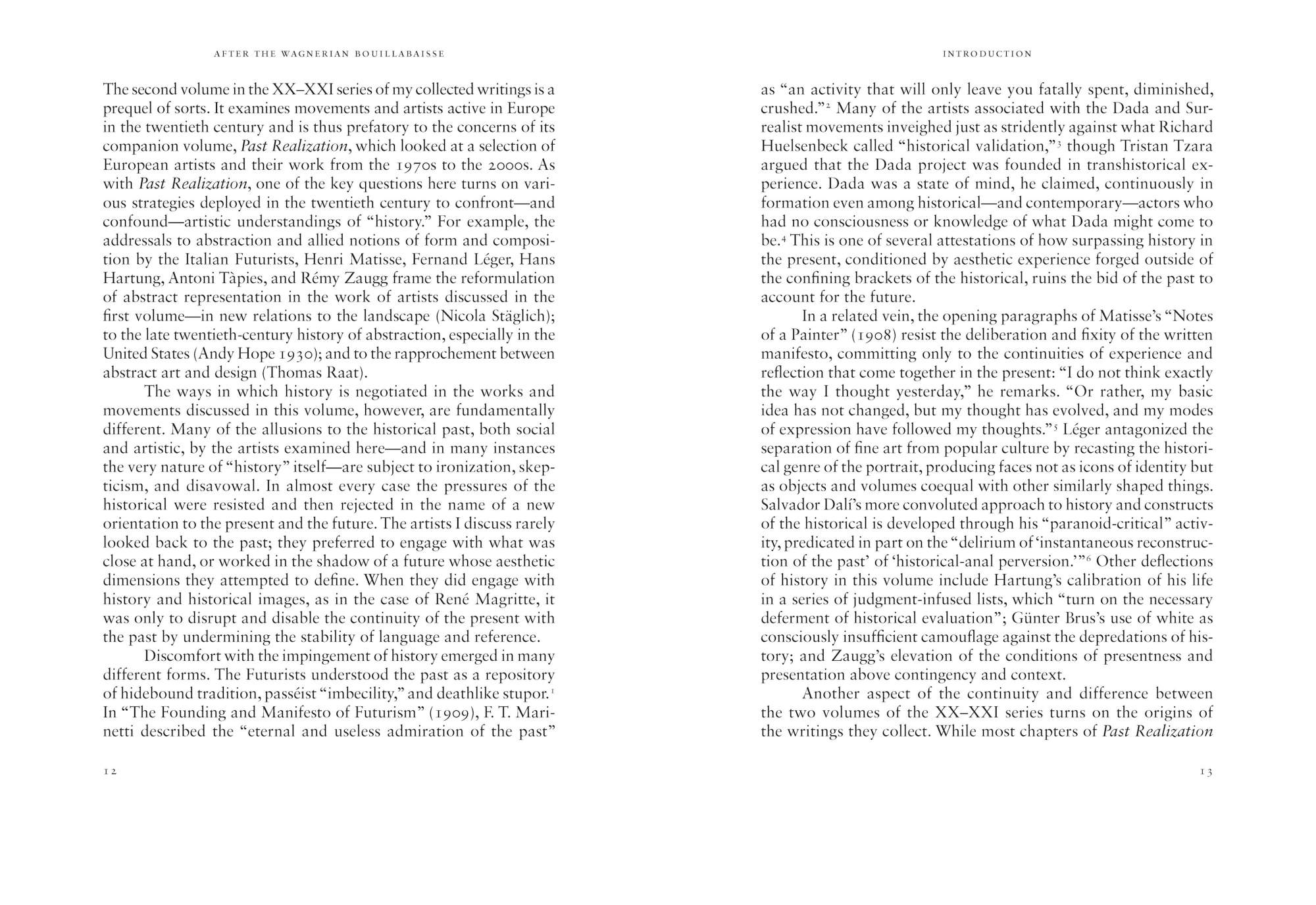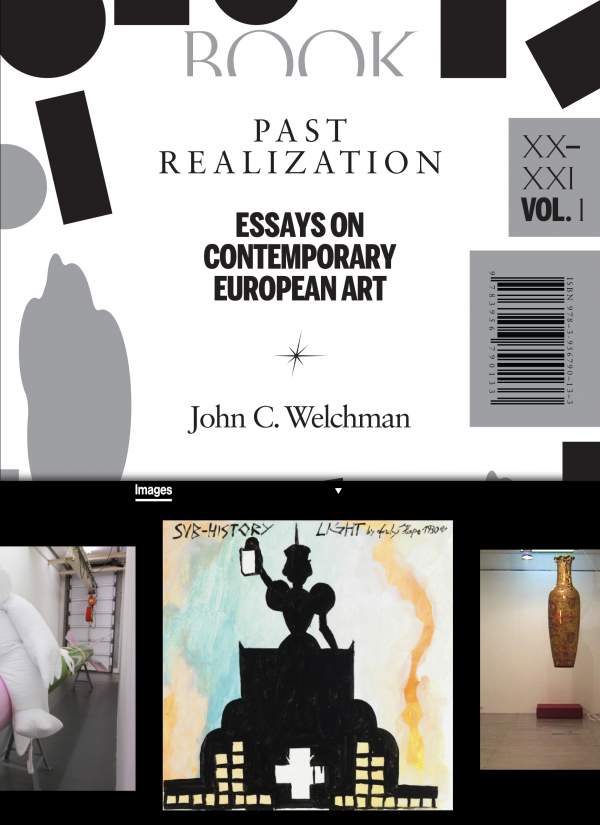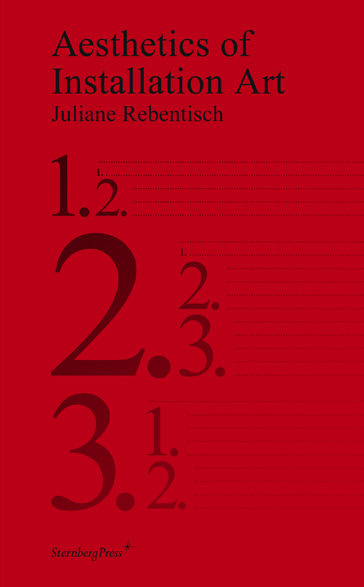Your cart is currently empty.
Cart

After the Wagnerian Bouillabaisse
Essays on European Avant-Garde Art
XX–XXI, Vol. 2
The ten essays in After the Wagnerian Bouillabaisse offer original critical discussions of some of the major European artists and movements of the twentieth century. Borrowing its title from Tristan Tzara’s description of the Gesamtkunstwerk, John C. Welchman’s compelling study begins with a reassessment of Italian Futurism and the unique and disruptively consequential compounding of words and images in Dada and Surrealism. Other chapters cover the production, and circumvention, of affect in the work of Henri Matisse and Fernand Léger; the delirious splits and metaphorical ricochets fired up by Salvador Dalí; and the social and philosophical ideas mobilized by René Magritte. The second half of the volume examines mid- and late-twentieth century artists, comprising a revisionist assessment of Hans Hartung; an analysis of the “turbulent” abstraction of Antoni Tàpies; a deliberation on “whiteness” in the practice and thinking of Günter Brus; and an exploration of postwar exchanges between the United States and the United Kingdom about sculpture. The book concludes with an essay on the relations between writing and seeing in the work of Swiss artist Rémy Zaugg.
This volume is the second in XX–XXI, Welchman’s two-part series on European art from this and the last century, which will be followed by a series on West Coast artists and one on the work of Mike Kelley.









Softcover
€24.00




